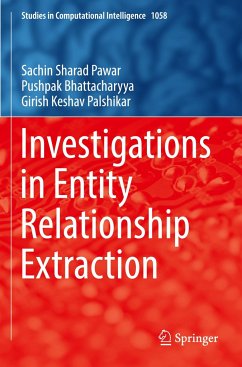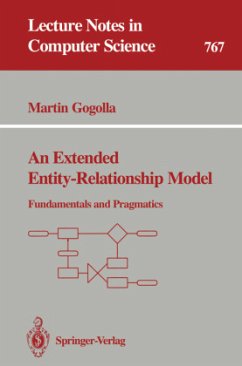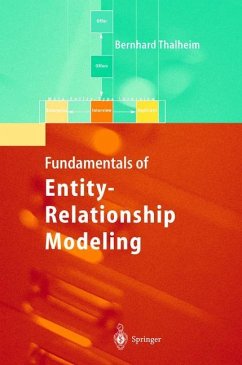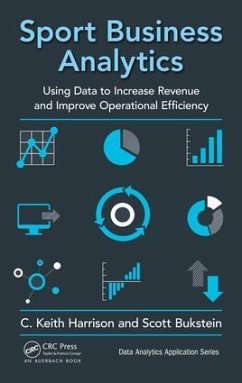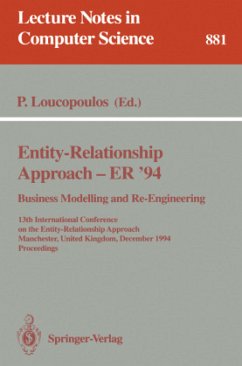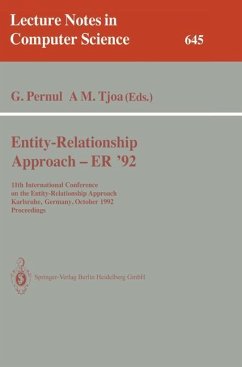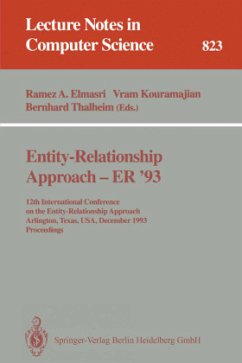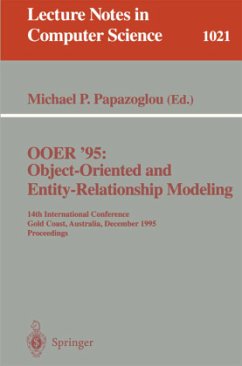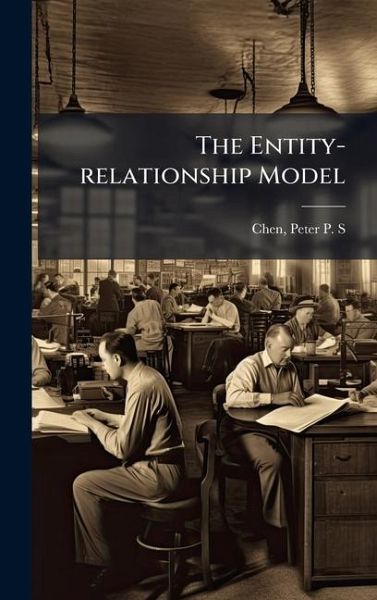
The Entity-relationship Model
Versandkostenfrei!
Versandfertig in über 4 Wochen
27,99 €
inkl. MwSt.
Weitere Ausgaben:

PAYBACK Punkte
14 °P sammeln!
In "The Entity-relationship Model: A Basis for the Enterprise View of Data," Peter P.S. Chen presents the foundational concepts of the Entity-Relationship (ER) model. This seminal work, originally published in 1976, introduces a high-level data model designed to facilitate database design and data management within organizations. Chen's ER model offers a structured approach to representing data entities, attributes, and relationships, providing a clear and intuitive framework for understanding and organizing complex data structures. The book explores the principles behind the ER model, illustr...
In "The Entity-relationship Model: A Basis for the Enterprise View of Data," Peter P.S. Chen presents the foundational concepts of the Entity-Relationship (ER) model. This seminal work, originally published in 1976, introduces a high-level data model designed to facilitate database design and data management within organizations. Chen's ER model offers a structured approach to representing data entities, attributes, and relationships, providing a clear and intuitive framework for understanding and organizing complex data structures. The book explores the principles behind the ER model, illustrating how it can be used to create a comprehensive enterprise view of data. It emphasizes the importance of effective communication between database designers, users, and managers, and demonstrates how the ER model can serve as a common language for defining data requirements and designing robust database systems. This work remains a crucial resource for anyone involved in database design, data modeling, and information management. This work has been selected by scholars as being culturally important, and is part of the knowledge base of civilization as we know it. This work was reproduced from the original artifact, and remains as true to the original work as possible. Therefore, you will see the original copyright references, library stamps (as most of these works have been housed in our most important libraries around the world), and other notations in the work. This work is in the public domain in the United States of America, and possibly other nations. Within the United States, you may freely copy and distribute this work, as no entity (individual or corporate) has a copyright on the body of the work. As a reproduction of a historical artifact, this work may contain missing or blurred pages, poor pictures, errant marks, etc. Scholars believe, and we concur, that this work is important enough to be preserved, reproduced, and made generally available to the public. We appreciate your support of the preservation process, and thank you for being an important part of keeping this knowledge alive and relevant.




